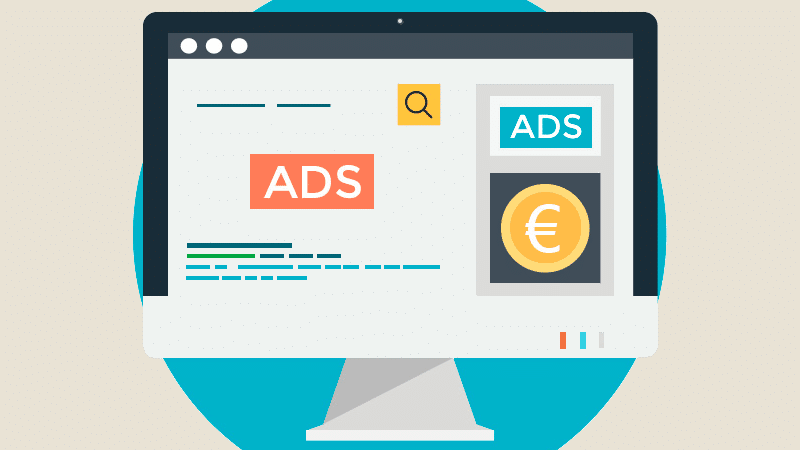Best Platforms to Design a Website Layout | Tools for Every Web Designer

Introduction
A website layout is a crucial aspect of any web design project. It serves as the blueprint for how the content is arranged on a webpage, directly influencing the user experience (UX) and how visitors interact with your site. Whether you are a beginner or an experienced designer, the right tool can make designing a website layout easy, efficient, and effective. In this article, we will explore the best platforms where you can design your website layout, with a focus on both free and premium options for every skill level.
Why a Website Layout Matters
Before we dive into the tools, it’s important to understand the significance of a website layout:
- User Experience (UX): A well-structured layout guides visitors through your website, ensuring they find what they need quickly and easily. Poor layouts can lead to frustration and higher bounce rates.
- Brand Identity: Your website layout contributes to the overall aesthetic of your brand. A clean, visually appealing layout can communicate professionalism and trustworthiness.
- Conversion Optimization: The layout affects how users engage with your content, products, or services. A well-organized layout can improve conversions, whether it’s generating leads, sales, or encouraging newsletter signups.
Top Platforms to Design a Website Layout
- Figma
Figma is one of the most popular design tools for creating website layouts. It’s a cloud-based design platform that allows you to design, prototype, and collaborate in real time. Figma’s easy-to-use interface, combined with powerful features like vector editing, grids, and components, makes it ideal for designing both static and responsive website layouts. Whether you’re designing a single webpage or an entire website, Figma gives you the flexibility to experiment with different layouts while maintaining consistency. The platform is free for individual use and offers affordable paid plans for teams. - Adobe XD
Adobe XD is another industry-standard design tool used by web designers worldwide. It allows you to design website layouts and create interactive prototypes seamlessly. With an intuitive interface, Adobe XD makes it easy to align, distribute, and customize elements to fit your design vision. It also supports grid systems, artboards, and repeat grids, making it ideal for responsive website layouts. Adobe XD offers a free version with basic features, but access to advanced tools comes with a paid subscription. - Sketch
Sketch is a vector-based design tool exclusively for macOS users. It is widely used in the web design community for creating responsive and visually appealing website layouts. With Sketch, designers can create interactive prototypes, build reusable symbols and components, and design high-fidelity layouts that work seamlessly on both desktop and mobile devices. Sketch’s vast library of plugins and integrations makes it a powerful choice for professionals, though it requires a paid subscription. - Webflow
Webflow is a web design platform that offers a powerful visual interface for designing website layouts with no coding required. Webflow allows designers to build fully responsive websites directly from the design interface and export the code once the layout is complete. Unlike other design tools, Webflow allows you to design your layout while simultaneously building the website’s functionality, which makes it a great choice for both designers and developers. Webflow’s free plan allows you to create a basic website, but to access additional features and hosting, a paid subscription is required. - WordPress with Elementor
For those who prefer a content management system (CMS), WordPress combined with the Elementor page builder is an excellent option for designing website layouts. Elementor is a drag-and-drop page builder plugin that allows users to create custom website layouts without needing to know any code. With pre-designed templates and an intuitive interface, you can create a beautiful website layout quickly. Elementor’s free version offers enough features for basic layouts, but the pro version adds advanced design options and additional widgets. - Canva
While Canva is mostly known for graphic design, it can also be used to design simple website layouts, particularly for landing pages or small business websites. The platform is user-friendly and offers a drag-and-drop interface, making it easy to add elements like text, images, and shapes. Canva’s library of templates and customizable elements can help you get started quickly, even if you don’t have a background in web design. Canva’s free plan includes a wide range of features, and a premium plan is available for more advanced options. - InVision Studio
InVision Studio is a powerful design and prototyping tool that allows you to create website layouts with ease. It offers an intuitive interface and tools like responsive design, smart animations, and vector editing to help you design modern, interactive layouts. InVision Studio is ideal for teams working collaboratively, as it integrates with other InVision products like InVision Cloud and Freehand, allowing for seamless feedback and iteration. It’s free for individual use, with paid plans available for teams. - Mockplus
Mockplus is a design and prototyping tool that simplifies website layout design with an easy-to-use drag-and-drop interface. It’s especially helpful for creating wireframes and low-fidelity layouts quickly. Mockplus supports collaborative design, and its library of templates and pre-designed components helps speed up the design process. It’s a great option for beginners who want to quickly design website layouts without getting bogged down by complex features. The platform offers both free and paid plans. - Grav
Grav is a simple yet powerful CMS that can be used to design website layouts, especially for portfolios, blogs, or business websites. It allows you to customize the structure and layout of your website using themes and modular plugins. Grav’s flexibility makes it ideal for designers who want full control over the design process without being limited by templates. It’s free to use, though premium themes and plugins are available for more advanced functionality. - Tilda
Tilda is a website builder that allows you to create layouts for your website using pre-designed blocks and modules. It’s great for those who prefer a no-code solution while still having control over the design. Tilda’s block-based layout system makes it easy to arrange content, images, and text in a visually appealing way. Tilda is free for basic use, but paid plans offer additional functionality and access to premium blocks.
Factors to Consider When Choosing a Website Layout Design Tool
- Ease of Use: For beginners, look for platforms that are intuitive and easy to use, like Canva or Webflow.
- Collaboration: If you're working in a team, choose platforms like Figma or InVision that allow real-time collaboration.
- Customization Options: If you want complete creative control, tools like Sketch and Adobe XD offer extensive customization features.
- Budget: Many tools, including Figma and Canva, offer free versions, but if you need advanced features, consider a paid subscription.
- Export Options: Choose a platform that allows you to easily export your layout in the required formats, whether for development or presentation purposes.
Conclusion
Designing a website layout is a critical aspect of building a successful website, and choosing the right tool is key to ensuring a smooth design process. Whether you are a beginner or a professional designer, platforms like Figma, Webflow, and Canva provide versatile and powerful features to help you create a stunning layout for your website. Consider your needs, skill level, and budget to find the best platform for your project, and start designing your ideal website layout today.




